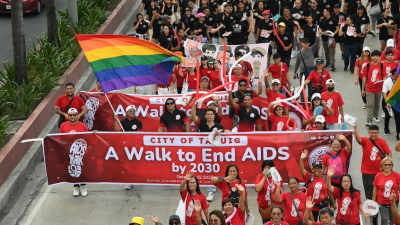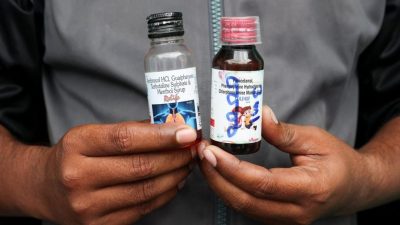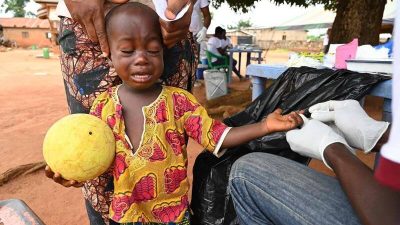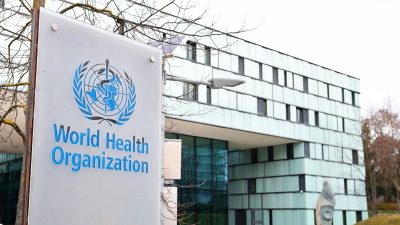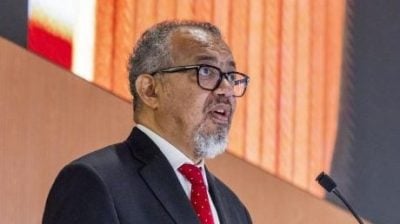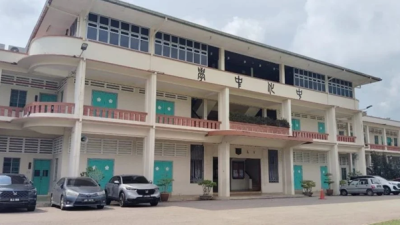The World Health Organization (WHO) celebrates World Mental Health Day annually with a global campaign on the 10th of October.
Each year, the gist of the message is clear: we need to raise awareness about mental health and mobilize efforts to support people living with mental health difficulties.
This is absolutely necessary as awareness is required to encourage help-seeking behaviors and consequently, increasing the likelihood of people to reach out for mental health services.
However, alongside increased awareness there must be a parallel increase in accessibility to services that cater to all segments of the society.
Unfortunately, certain populations encounter challenges receiving such services, with children and adolescents in particular being the more overlooked age groups globally.
Data obtained prior to the COVID-19 pandemic estimated the prevalence of mental health conditions among adolescents to be 13%. This translates to over 165 million adolescents aged between 10-19 years old.
Suicide is the third leading cause of death for adolescents aged between 15 and 19 in the East Asia and Pacific region.
Over US$387.2 billion is lost each year in human capital arising from mental health conditions globally.
Locally, the National Health and Morbidity Survey 2019 paints a similarly grim picture.
Over 424,000 children were living with mental health conditions; this constitutes 5.9% of children aged 5-9 and 9.5% of those aged 10-15.
Even though we have yet to access data regarding children and adolescents’ mental health after the COVID-19 pandemic, we expect the numbers to rise, given the multiple challenges faced by children over the past three years, which included social isolation, domestic violence and child abuse, and socioeconomic challenges.
The Ministry of Health has made significant strides in improving mental health care services in recent years. However, much of this progress has been geared towards benefiting adults rather than children and adolescents.
The needs of children and young people are very different due to their constantly changing stages of development and therefore, require particular attention.
Subsequently, the lack of appropriate mental health services and psychosocial support (MHPSS) for children and adolescents can result in profound and lifelong implications on their health, development and future opportunities.
To improve mental health and psychosocial well-being, interventions must involve multiple sectors beyond just health, including education, labor, justice, transport, environment, housing and welfare.
Here we suggest some measures that can be taken to improve the mental health of our children and adolescents.
First off, significantly improve accessibility to care.
A strong mental health workforce is a key element of mental health and psychosocial support systems, especially for children and adolescents.
This includes a multidisciplinary team of professionals that includes child and adolescent psychiatrists, psychologists, therapists, teachers, counselors, social workers and others.
However, there are three main shortcomings of our current workforce: scarcity, inequity and inefficiency.
In 2016, Malaysia had a total of 319 medical social workers, while as of October 2022, there are only 25 child and adolescent psychiatrists registered in the National Specialist Register. These numbers are inadequate.
Without enough mental health professionals, we will not have enough human resources to meet our population’s mental health treatment requirements.
We can aspire to attain levels of mental healthcare access and availability like those in Canada, which has 145 social workers working in the mental health sector per 100,000 population.
To achieve this, strategies for strengthening the mental health workforce will require, at a minimum, allocating adequate budgets for mental health and psychosocial well-being, investing in recruiting and training the mental health workforce to eliminate mental disorders.
In addition to the responsive care workforce, promotion and prevention efforts should not be neglected.
Malaysia has a plethora of non-governmental organizations that work together to form the National Coalition for Mental Well-being (NCOMW).
This coalition focuses on fighting stigma and discrimination towards mental health, suicide prevention and providing free online counseling services at the community level.
Adequate support should be provided to such organizations providing supplementary care to the public healthcare system, reducing the burden placed on the taxpayer-funded public healthcare system.
These measures will help identify children requiring assistance and provide early interventions, leading to improved outcomes in later life.
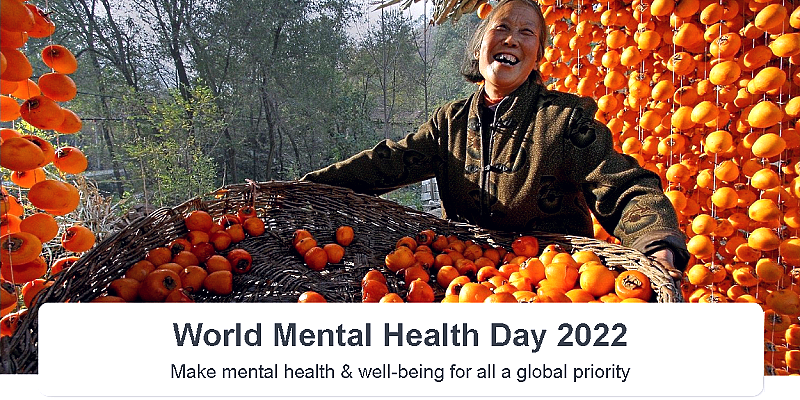
Secondly, bolster legal frameworks to protect the rights of children with mental health conditions.
Currently, the Mental Health Act provides the framework for the care, treatment, protection and rehabilitation of people living with mental health conditions.
It includes the protection of rights concerning physical restraint, deprivation of liberty and involuntary treatment.
This is due to the current lack of specific protection for children and adolescents, specifically on the right to make decisions about mental healthcare and recovery to the fullest extent possible with consideration of the best interests of the child or adolescent, the prohibition of corporal punishment, and the appointment of a personal representative other than a family member.
Furthermore, there are legislative barriers to accessing MHPSS; as parental consent is mandatory.
According to the Mental Health Act 2002, a guardian must give consent to a minor’s admission to a psychiatric hospital (Section 9), and must give consent to a minor’s surgery (Section 77).
Section 2 defines a ‘Guardian’ as a person with lawful custody of the minor (a person under 18 years old).
Thus, to allow children to access such help, key stakeholders must lift this barrier to facilitate accessibility.
Thirdly, establish a strong implementation body and an independent monitoring body.
In reality, our current system of MHPSS services is fragmented. There is a lack of coordination among the various sectors involved, with each working in isolation.
Therefore, establishing a multisectoral national steering committee for children and adolescents’ mental health is crucial.
This committee could strengthen nationally standardized protocols for early identification and screening tools and strengthen referral mechanisms within and across sectors to ensure continuity of case management.
Stakeholders involved in this committee must be transparent and inclusive.
The involvement of youth representatives is critical in the committee to ensure their voices and needs are conveyed to policymakers and the implementation body.
This will allow a coordinated and impactful effort to improve mental health among children and adolescents in Malaysia.
An independent monitoring body will assess the benchmark’s quality, compliance and accountability.
This expanded inter-agency collaboration will help monitor and evaluate implementation, outcomes and the impact of mental health programs, including improved data and information sharing.
The theme for World Mental Health Day this year is to make mental health & well-being for all a global priority.
For this to be realized, our children must not be omitted in our initiatives.
This, however, is not a task that can be achieved overnight; all stakeholders involved must work together to ensure that our children are able to grow and get a fair shot at life.
As the saying goes, it takes a village to raise a child.
This can not be done without the leadership and commitment of all parties.
ADVERTISEMENT
ADVERTISEMENT






